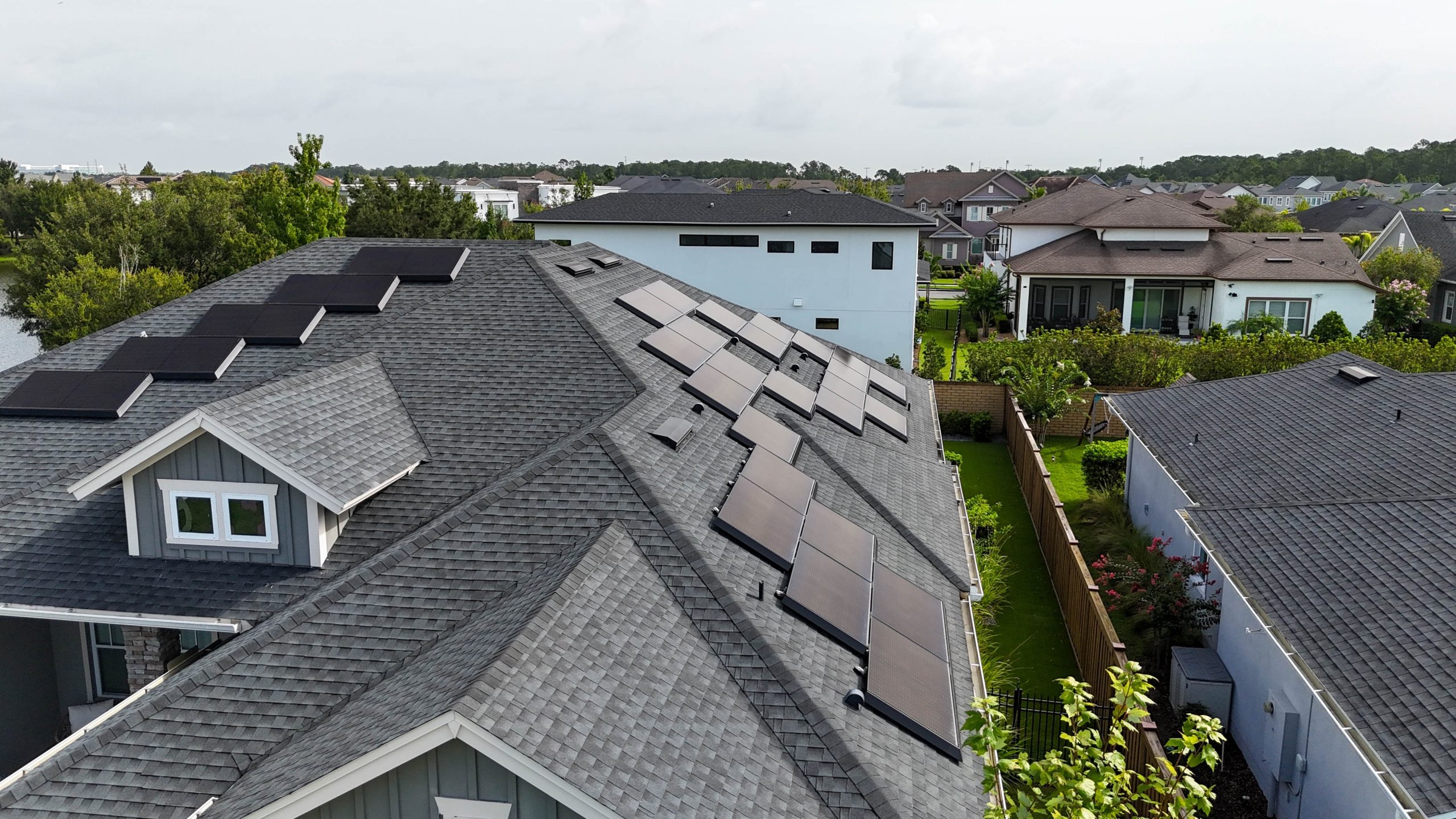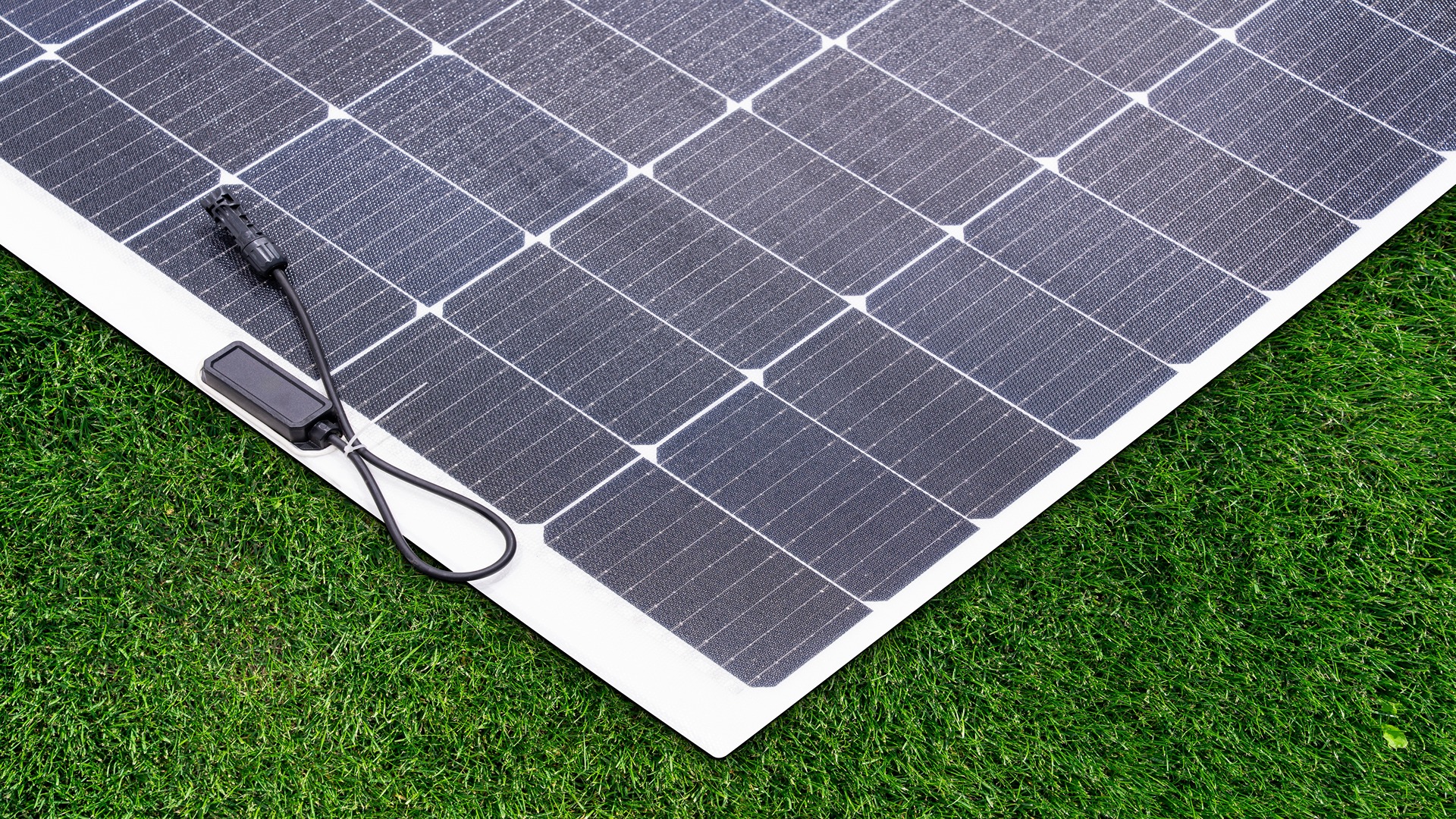Solar Calculator: How Much Can You Save with Solar Panels?

Switching to solar has become much more affordable and easier over the last decade. The prices have decreased, the choice of solar installers is expanding, and a wealth of information is available to help you learn before deciding to go solar. And obviously, the first thing all the potential solar energy users want to know is how much they need to spend and how much they could actually save over time.
That’s where a solar energy calculator becomes an invaluable tool. In this guide, we’ll explore how a solar panel calculator works, what factors impact your savings, and how you can use a solar savings calculator to estimate your long-term benefits accurately.
What Is a Solar Panel Calculator?
A solar calculator is an online tool designed to help homeowners and businesses estimate the potential savings from installing solar panels. All you need to do is enter the basic information, including your location, current electricity usage, and roof size. As a result, a solar cost calculator can give you a personalized projection of:
- Upfront installation costs
- Expected monthly and yearly savings
- Return on investment (ROI)
- Payback period
A solar energy calculator does more than provide a generic estimation; it tailors the results to your unique situation, taking into account specific factors that we will discuss further.
How Does a Solar Panel Calculator Work?
Let’s have a closer look at the data points that a reliable solar panel cost calculator uses to ensure accurate estimates for each potential client.
Here’s what it typically considers:
- Geographic location: Sunlight peak hours differ by region.
- System size: Larger systems produce more energy but incur higher upfront costs.
- Roof orientation and tilt: Optimal angles generate more power.
- Local utility rates: Higher electricity costs mean higher potential savings.
- Incentives and rebates: Tax credits and local incentives can significantly lower the cost.
Once all the information is in place, the solar savings calculator will calculate how much electricity your panels are likely to generate, how that offsets your current bill, and how long it will take to recoup your investment.
How Much You Can Save With Solar
One of the main functions of the solar calculator is to estimate your savings. Let’s have a look at the example of what you will get from the basic data you enter. Let’s say we need to know the savings for an average household in California:
- Location: California
- Average Monthly Electricity Use: 900 kWh
- Electricity Rate: $0.30 per kWh
- Roof Size: Enough space for 20 panels
- Solar System Size: 7 kW
Using a solar panel calculator, this homeowner discovers:
- Estimated Annual Production: ~10,500 kWh
- Annual Savings: ~$3,150
- Estimated Payback Period: ~4 years
- Total 25-Year Savings: ~$78,750
The estimated payback period takes into account the 30% Federal Tax Credit for California; however, different states have varying programs and incentives that will be considered.
Another factor that might affect the calculation, but is commonly not included in a solar calculator, is the payment method. Please note that the payment method affects the final solar system cost and, consequently, the ROI. The reason is the variety of loan terms, interest rates, and down payments. So, in case you decide to go with a loan, remember to factor in your exact terms and conditions when doing the calculation.
How Many Solar Panels Do You Need?
Another key piece of information that the solar calculator can provide is the number of solar panels required for your household or business. The number of panels depends on your monthly energy consumption and the wattage of the panels you install. Here’s a handy table to estimate how many panels you might need:
| Monthly Consumption (kWh) | Estimated Annual Consumption (kWh) | System Size Needed (kW) | Number of 400W Panels |
| 500 kWh | 6,000 kWh | ~4.5 kW | 12–13 panels |
| 750 kWh | 9,000 kWh | ~6.7 kW | 17 panels |
| 1,000 kWh | 12,000 kWh | ~9 kW | 23 panels |
| 1,500 kWh | 18,000 kWh | ~13.5 kW | 34 panels |
Notes:
- This assumes 400-watt high-efficiency panels.
- Your actual number may vary depending on roof angle, shading, and regional sunlight hours.
- An online solar calculator will fine-tune these estimates for your specific location.
Benefits of Using a Solar Cost Calculator
If you decide to go solar in the US, you’ll have to do a lot of homework, including searching for the best solar installer in the area, learning more about panel systems, types and configurations, and trying to calculate the money you’ll have to spend and the savings that you can get.
The best option for a precise estimate is to request several quotes from the selected installers, compare the prices and conditions, and then make a decision.
However, before getting quotes from installers, it’s smart to run your numbers through a solar calculator for several reasons:
- Instant Estimates – Get quick projections without any commitment.
- Financial Clarity – Understand the total cost, incentives, and payback time.
- Compare Scenarios – Adjust system size or financing options to see different outcomes.
- Confidence in Your Decision – A solar ROI calculator helps you understand the potential spending and savings, and be prepared for future discussions with the installer.
Ready to Calculate Your Solar Savings?
Just spend a few minutes on the solar panel cost calculator to learn how much you can save by switching to clean energy. Whether you’re curious about reducing your monthly bills, shrinking your carbon footprint, or boosting your home’s value, a reliable solar savings calculator is the first step toward making an informed decision. All you need to be ready with is the information about your energy consumption, while the calculator will walk you through the next steps. With the estimations in mind, know what to expect and what factors to discuss with your installer.
FAQ
Do solar calculators tell me how many panels I need?
Yes. Most calculators estimate your required system size in kilowatts (kW) and the number of panels, depending on their wattage. This helps you understand how much roof space you’ll need to cover your electricity use.
What incentives and rebates do solar system calculators factor in?
Solar calculators typically apply the 30% Federal Solar Tax Credit. They can also include local and state incentives, if available in their database. You should always double-check rebates with your installer, as programs can change frequently.
Do solar panel calculators include financing options?
Most simple calculators default to cash purchase pricing and show your payback period based on that. But some advanced tools can compare cash vs. loan vs. lease or see monthly payments.



